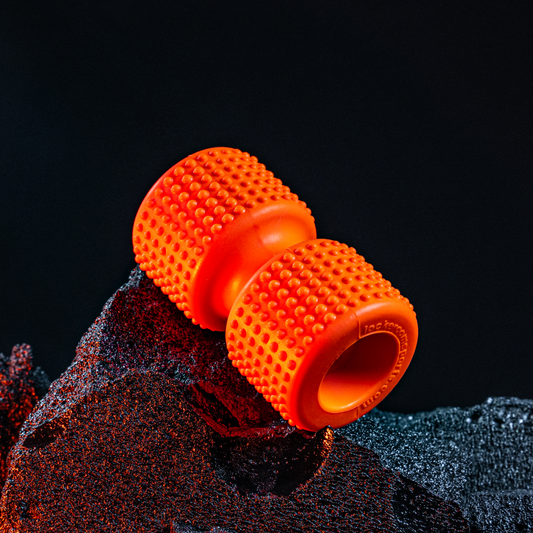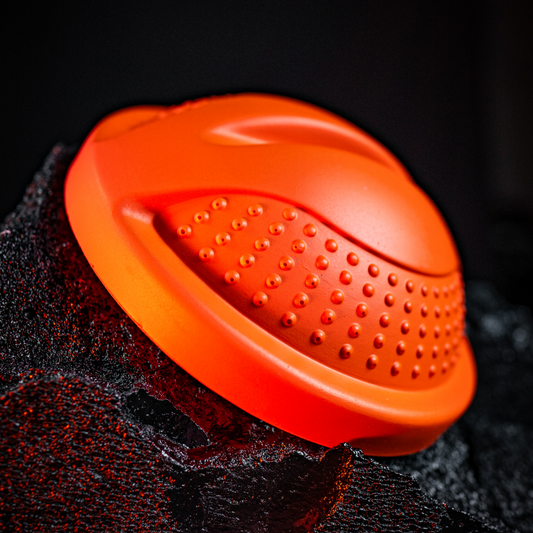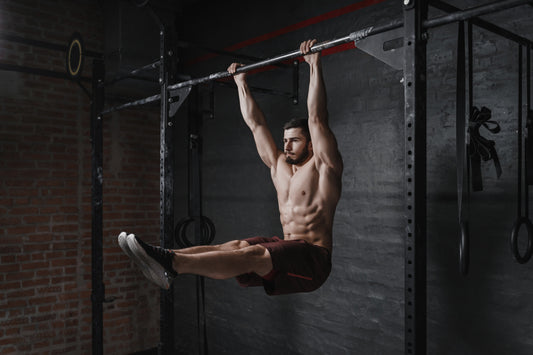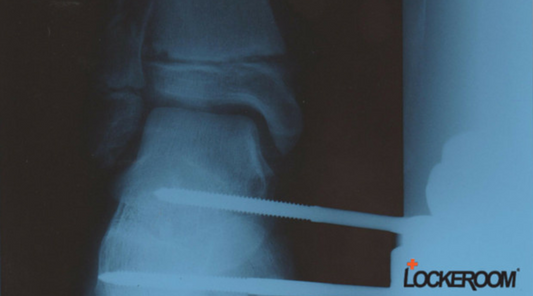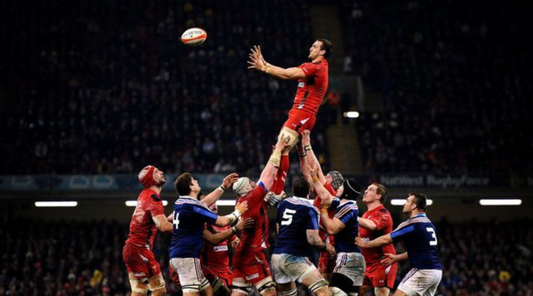
Q&A with Cam
Learn what might be behind your symptoms
Who is most likely to suffer tight Lats?
Issues related to the Latissimus Dorsi are often characterized by tightness caused by overactivity. Many people mistakenly use their lats to perform back extension exercises, such as during squats, instead of engaging the proper back extensors like the erector spinae.
This overuse can exacerbate poor technique in the gym, particularly if postural control is lacking, causing the lats to dominate and attempt to compensate for weak transverse abdominals and core muscles.
When the lats become overactive, they can also affect shoulder function, leading to a weakness in external rotators and contributing to rounded, compressed shoulders, which often manifests as a forward slump or slouched posture with thumbs pointing inward when the arms are relaxed.
Athletes, such as swimmers and gymnasts, along with individuals who sit or slouch for extended periods, or those with poor gym program supervision, are particularly susceptible to these issues.
How do I manage my tight Lats at home?
The best course of action involves a combination of strategies to address muscle tightness, improve mobility, strengthen your core muscles and use correct lifting techniques.
Treatment typically involves addressing the tightness in lats by: foam rolling, Triggers and Flexibility programs Use a Massage ball to trigger the thoracic paraspinal muscles and Lats to alleviate tightness and discomfort. Stretching exercises using a Stretchband will help increase flexibility.
At the Shoulder: Strengthen the external rotators with resistance exercises using a red power band to restore muscle balance ( The lats are a strong Shoulder Internal Rotator)
In The Lower Back: Strengthen your core muscles to assist in the performance of correct technique during exercises like squatting exercises.
Can tight Lats really contribute to my lower back pain?
Overactive lats can disrupt normal movement patterns, particularly during exercises like squats and shoulder presses, where proper coordination and balance are essential. This tightness may interfere with the functioning of core muscles that stabilize the lower back, leading to discomfort or pain. Symptoms of latissimus dorsi issues include localized muscle tightness, pain in the lower back or shoulders, and impaired movement.










